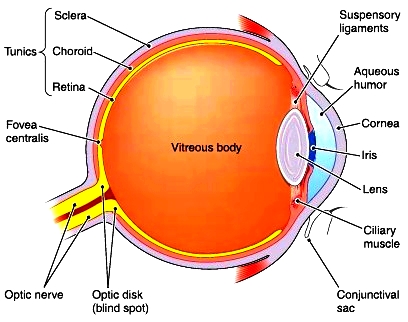It will be a fairly short post this week as my PhD has kept me fairly busy with performing brain surgery on mice so spare time has been few and far between.
Building on last weeks post, that looked at the ability to control machinery (such as prosthetics) with the mind only, which has exciting implications for physically disabled people. This weeks paper again has implications for physically disabled people (primarily spinal injuries).
Around half of all spinal injuries result in chronic paralysis in humans and as such there is considerable research into the area to give the patients their movement back. The paralysis results from the injury to the spine actually severing the nerves that connect a particular area of the body with brain, so that they can no longer communicate (hence they loss of movement but also feeling in some cases also). Advances in this area would change many lives.
In a landmark paper published in
Science last year (
here) a group in Zurich has made a giant step forward in regaining locomotion in spinal injuries. The study was done on rats and used a recovery regime that combined physical therapy, electro-stimulation and injections of a special combination of chemicals... oh, and chocolate.
The rats spines were almost completely severed (a small amount of tissue remained intact but all nerves were severed and they had no control of their hind limbs, seen below). Then the group of rats were split into two groups, one received there aforementioned therapeutic regimen and the other did not (acting as a control).
A video showing the rats inability to walk after the spinal surgery (van den Brand et al. (2012)).
Disclaimer: Now, the for the scientists reading this, the following explanation will butcher the incredibly elegant science involved but it is a necessary evil.
The rats that were receiving the treatment initially were "encouraged" to walk by initiating the reflex walking response. This was done by placing the rats in a specially designed harness (pictured below) and placing them on a treadmill. When a foot begins to drag on the treadmill it stimulates a reflex movement that is akin to taking a step but doesn't require the nerves in the spinal chord be 100% intact. This was the first physical therapy aspect (called "treadmill trained). Another aspect of physical therapy used the same harness and placed the rats on a runway type arrangement (the platform pictured below) and the harness was used to hold them up but provided no directional movement assistance. The second paradigm looked for
voluntary movement of the legs rather than the
reflexive movements elicited with the treadmill. The second form of physical therapy was called "overground" training.
 |
| Source: EPFL (via National Geographic) |
The regime also included electric stimulation over the area where the nerves were severed which should act to encourage new nerve growth/connection over the area in question and the same area also received injections of a tailored cocktail of chemicals (for the nerds out there it was serotonin and dopamine agonists, 5-HT1A/7, 5-HT2A/C and D1 respectively) which served to assist in the encouragement of neuronal connections and comunication.
 |
| Figure taken from van den Brand et al. (2012) |
The above figure essentially shows active nerves in the spine around the area of injury. The key things to look at are first, the marked reduction between intact (no injury) and non-trained (a control), and then look at the huge gains from the
overground trained group. Not quite like a normal rat (intact) but a whole lot better than non-trained. You can watch a video of this in the final at the bottom of this post. This graph also shows that treadmill training alone is not enough, the overground training needs to be included to get the full therapeutic effect.
The end result? The rats regained control of their legs! In the final phase of the study the researchers placed chocolate at the end of the stair-case (in the overgound training) and noted that the rats were near on SPRINTING to get the chocolate (albeit still in their harness). After this complex course of therapy the rats regained full voluntary movement of their hind limbs but struggled to walk on fours completely unaided indicating there is more work to be done.
The researchers did a video explaining some of the concepts which I have included below.
Once again ... Science is rad! Till next week
- Si






